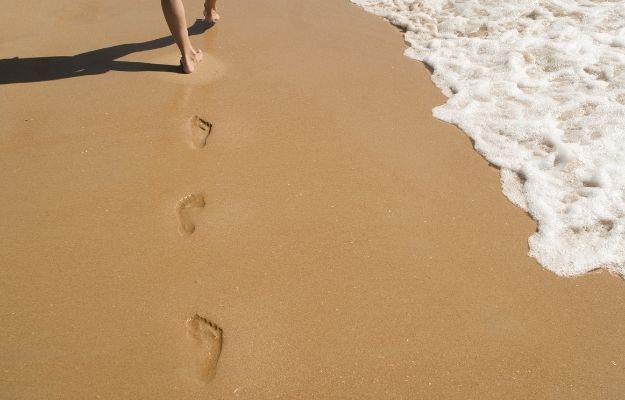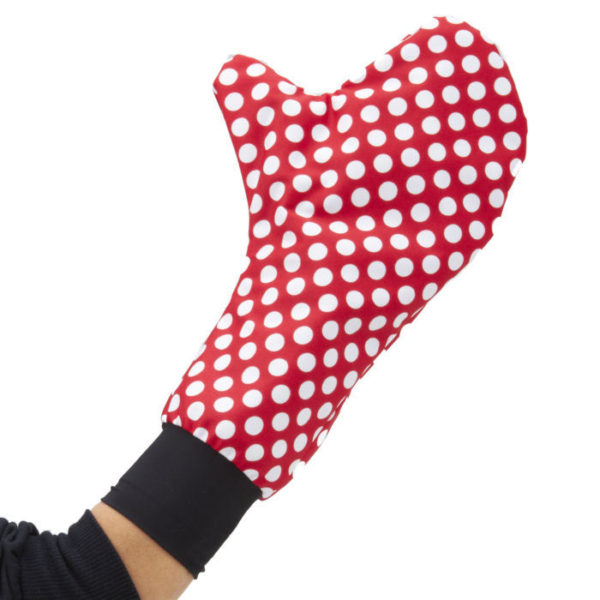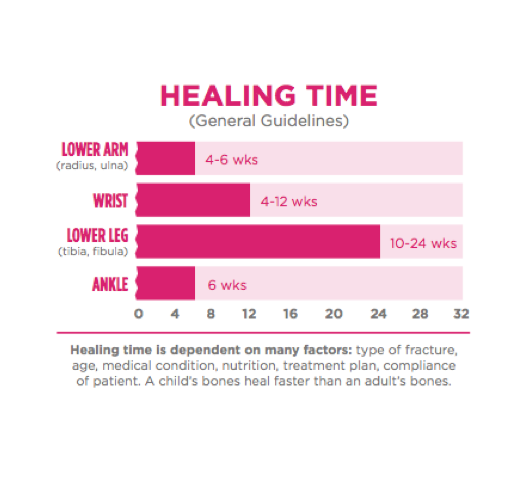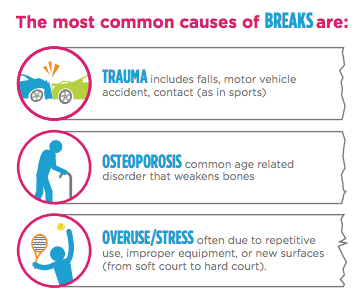Do your summer plans include going to the beach, but you’re wondering how you’ll keep the sand out of your cast or orthopedic walking boot? We have some solutions for you! CastCoverz! offers FUNctional products for comfort and care while casted, bandaged, braced, in a boot, or on crutches.
Here are a few tips from CastCoverz! to help keep the sand out of your cast or walking boot:
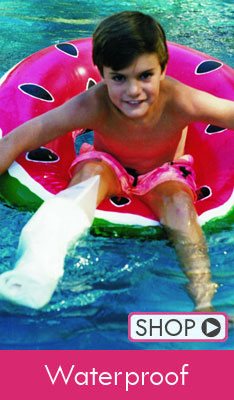 1. DryPro – lets you enjoy swimming at the pool, beach, or lake without the fear of getting your cast wet AND keeps the sand out (available for both arms and legs.) SAFETY ALERT: NOT TO BE USED WITH AN ORTHOPEDIC BOOT!!
1. DryPro – lets you enjoy swimming at the pool, beach, or lake without the fear of getting your cast wet AND keeps the sand out (available for both arms and legs.) SAFETY ALERT: NOT TO BE USED WITH AN ORTHOPEDIC BOOT!!
2. Slickerz! – For your leg cast or bandages, cover it with a CastCoverz! innovation, Slickerz! Slickerz! is a weatherproof protective cover made in-the-USA which keeps 97% of the sand granules out. *Not a waterproof or an immersion-in-water product.
3. Glad® Press‘n Seal® for your boot or your cast – Press’n Seal seals tight on a variety of surfaces, including skin! Just wrap Press’n Seal around a cast (make sure to overlap so 1″ or 2″ of your skin provides the seal). It will keep you dry for light water activities (splash and plays, sprinklers, etc…) and will keep sand out, too! To keep sand out of your toes while in a boot, wrap your leg with Press’n Seal and then put your boot on. Sand will still collect on the boot, but at least your toes will be sand free! 🙂 CAUTION: FOR YOUR SAFETY never cover the bottom of a boot with any product.
4. BootGuardzXtreme to keep out sand- While many of our customers utilize this innovative product for severe weather conditions (such as rain or snow!), BootGuardzXtreme serves a double purpose! Engineered to stretch around side edge of boot, this cover is perfect for keeping sand OUT of your walking boot; however, it is designed with an open bottom exposing the tread for safety. This product is not waterproof, although the material is water resistant if exposed to moisture. Fits most high and low orthotic walking boots such as DonJoy™, Aircast®, Össur®, Darco®, DeRoyal®, etc. Please check sizing chart for accuracy before ordering! If you’re unsure whether or not this would be a good solution for your next beach trip- don’t hesitate to call us for more info!
5. Mittz! – Keep sand out of hand casts, braces and splints with Mittz!, our made-in-the-USA impervious to sand and dirt cover. Because it is a seamed product, it is not for immersion in water.

CastCoverz! provides fun, function-able, and fashionable covers for casts, braces, splints, boots, slings, crutches and so much more! These covers will help keep your cast clean and snag-free from items such as your clothing, furniture, and other people! CastCoverz! fabric cast covers are for daily wear (not for sand or water because fabric is a weaved product allowing sand granules/water to seep in).
A Cover for Every Occassion
Don’t let being in a cast or walking boot spoil your summer vacation plans! If you have any questions about our tips or our products, please do not hesitate calling us at 1-800-CASTCOVER (1-800-227-8268).
Go ahead and enjoy the beach!

